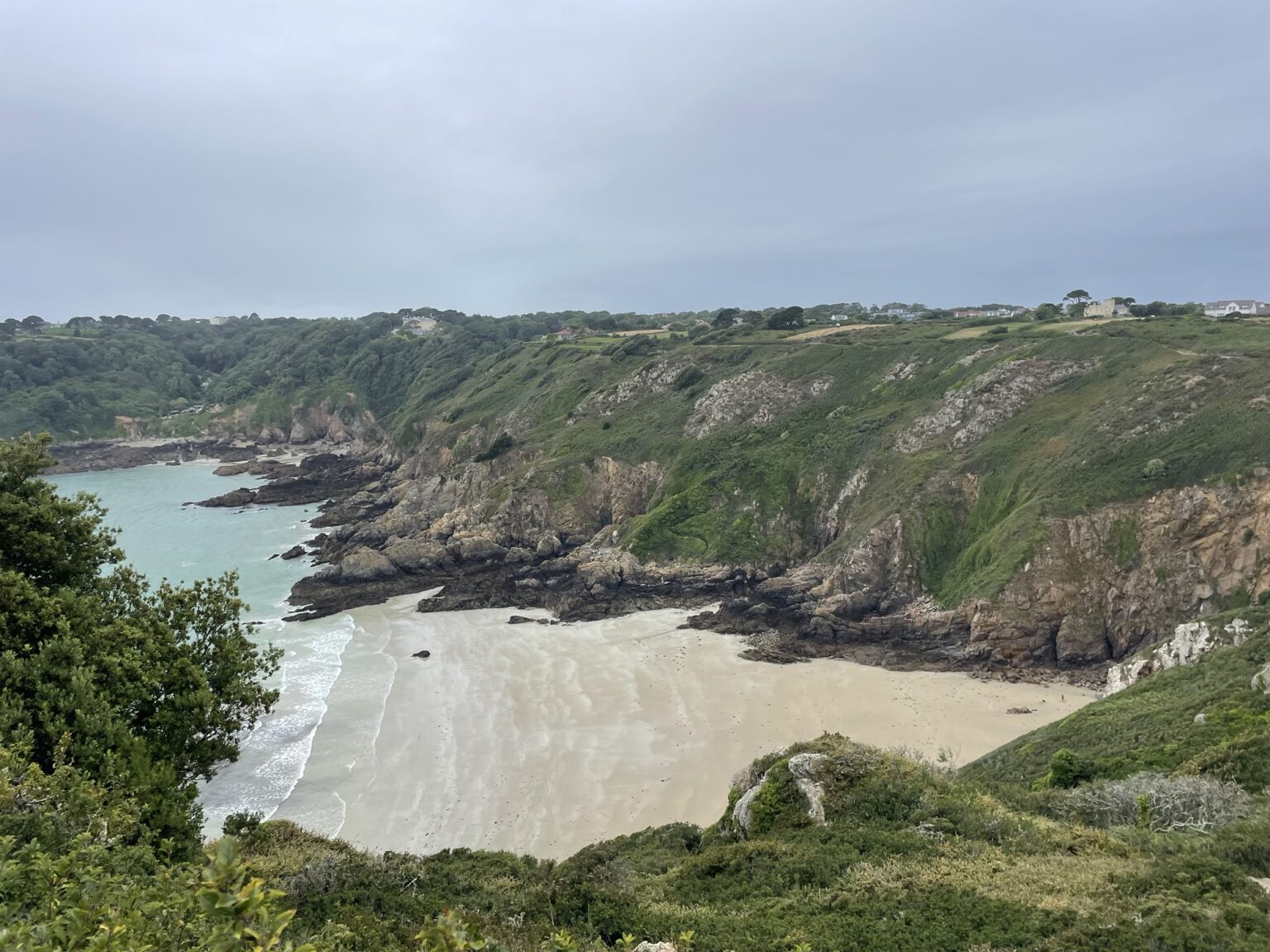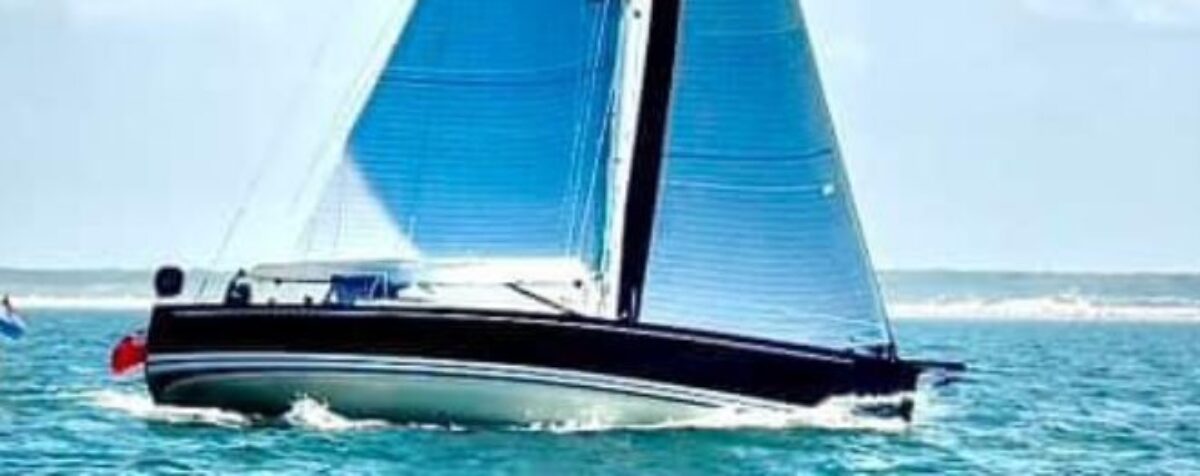Tuesday / Wednesday 15-16 July
After our storming sail the weather closed in – we had wind, rain, fog and more wind.
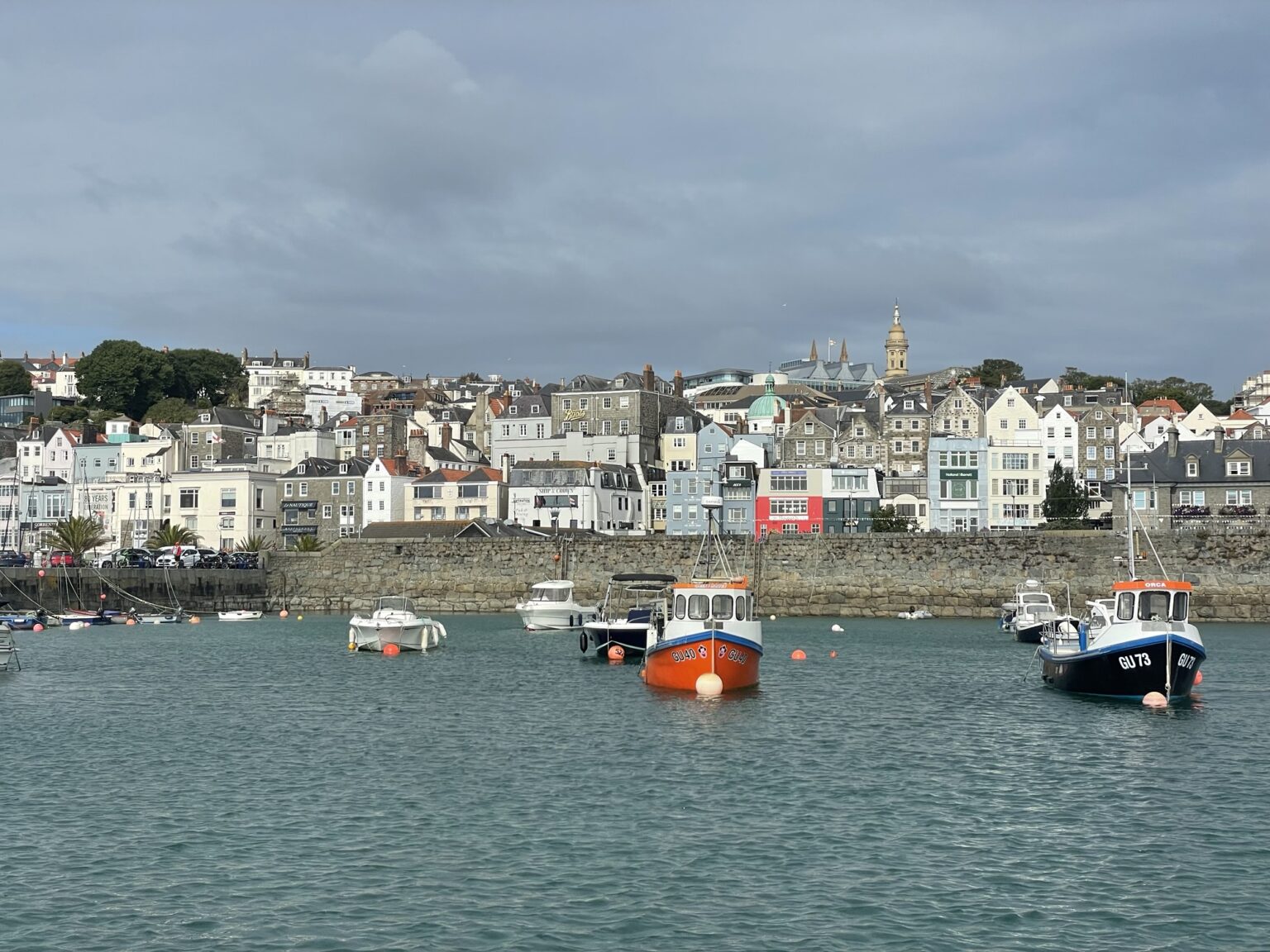
But luckily Penny’s friend Wendy, who lives on the island, was on hand with tips and even a car.
She took us for a walk on the South Coast cliffs near Petit Port where Renoir used to hang out, painting the dramatic rocks en plein air.
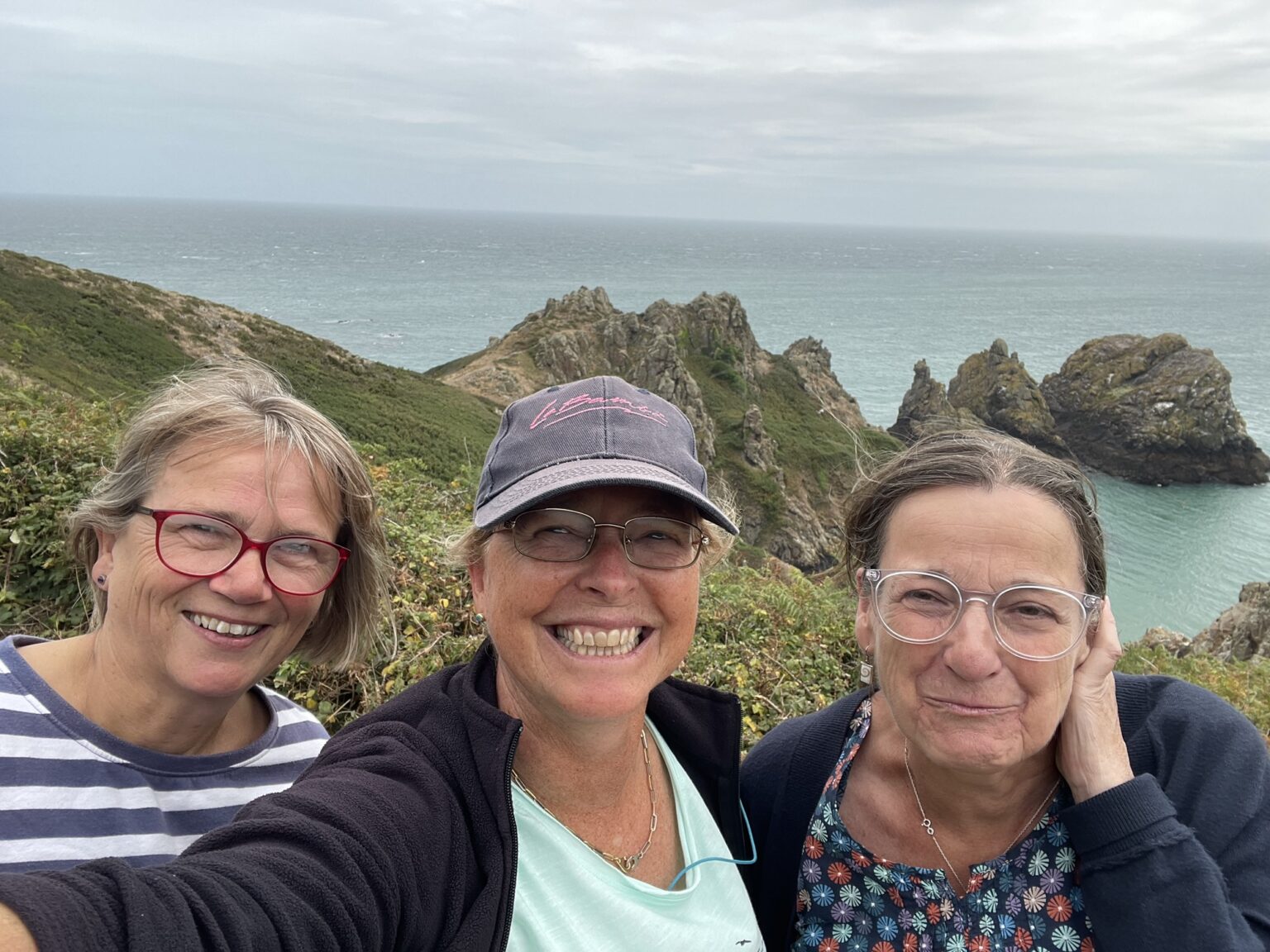
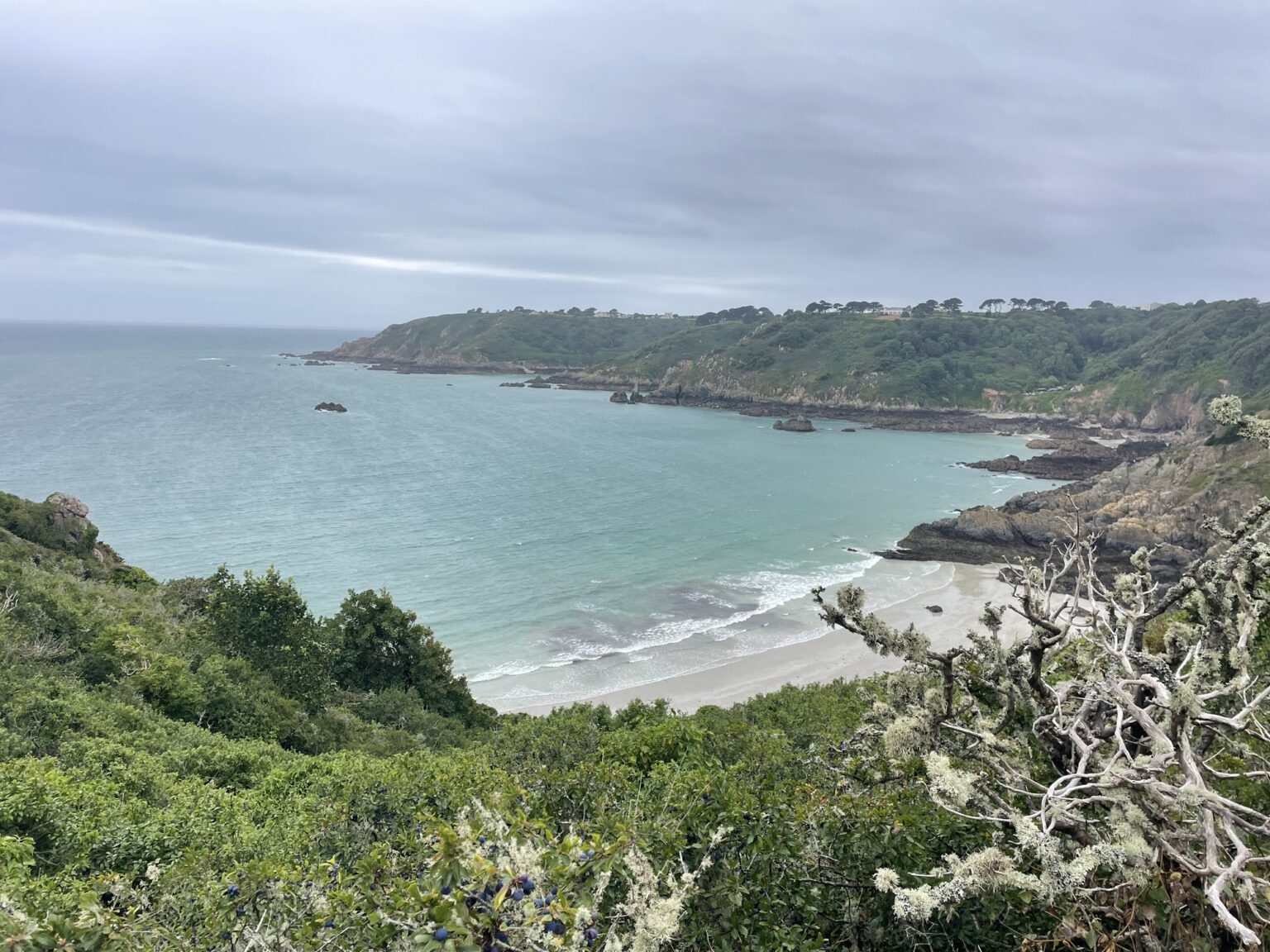
We enjoyed delicious fish, I had the turbot, at Pier 17, where we met her husband Andy and delightful daughter Julia.
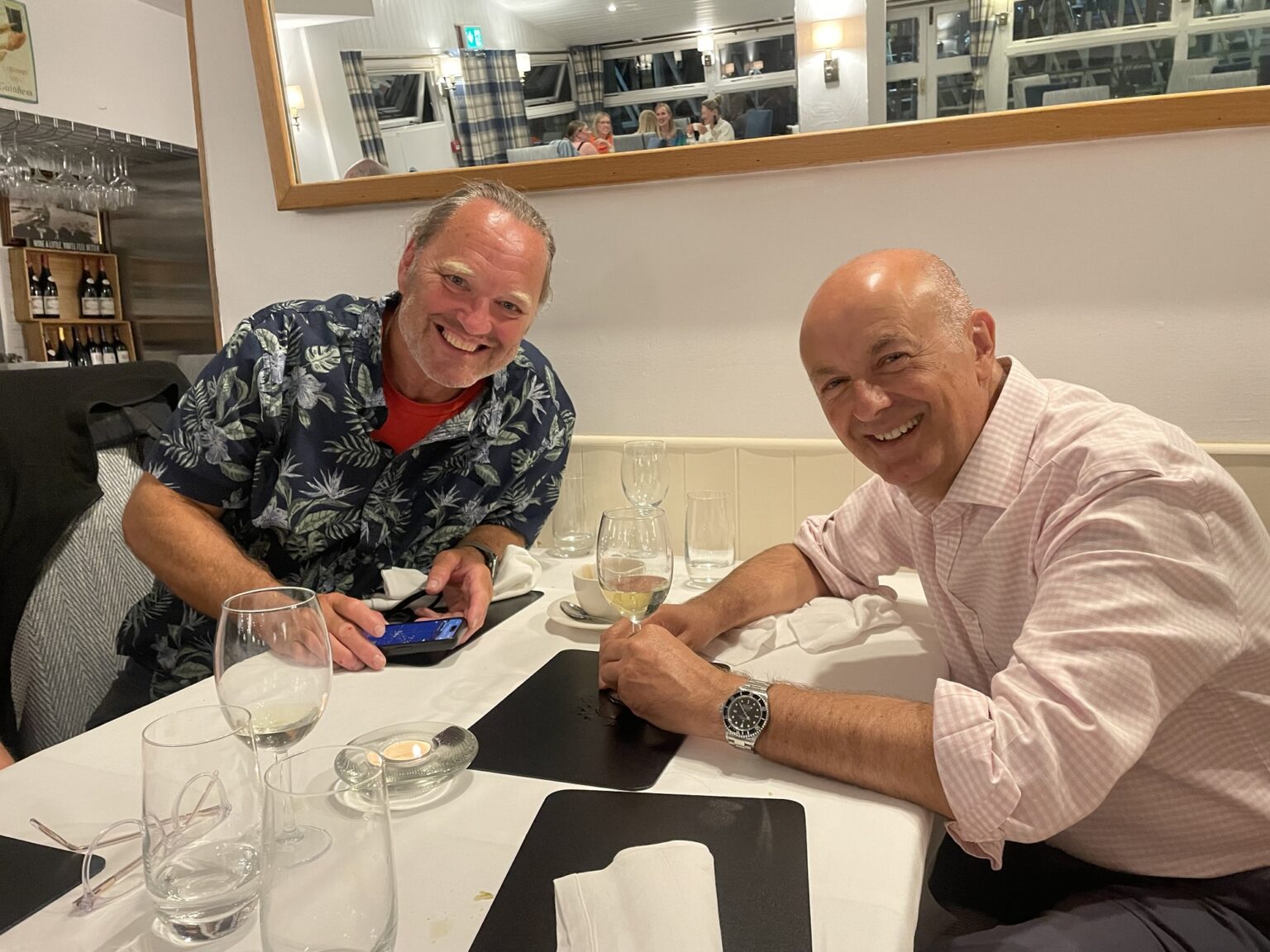
We also visited the museum (a good hangout in the rain) which is very smart, has some lovely paintings, and is full of information on the history of the island. Potted history continues:
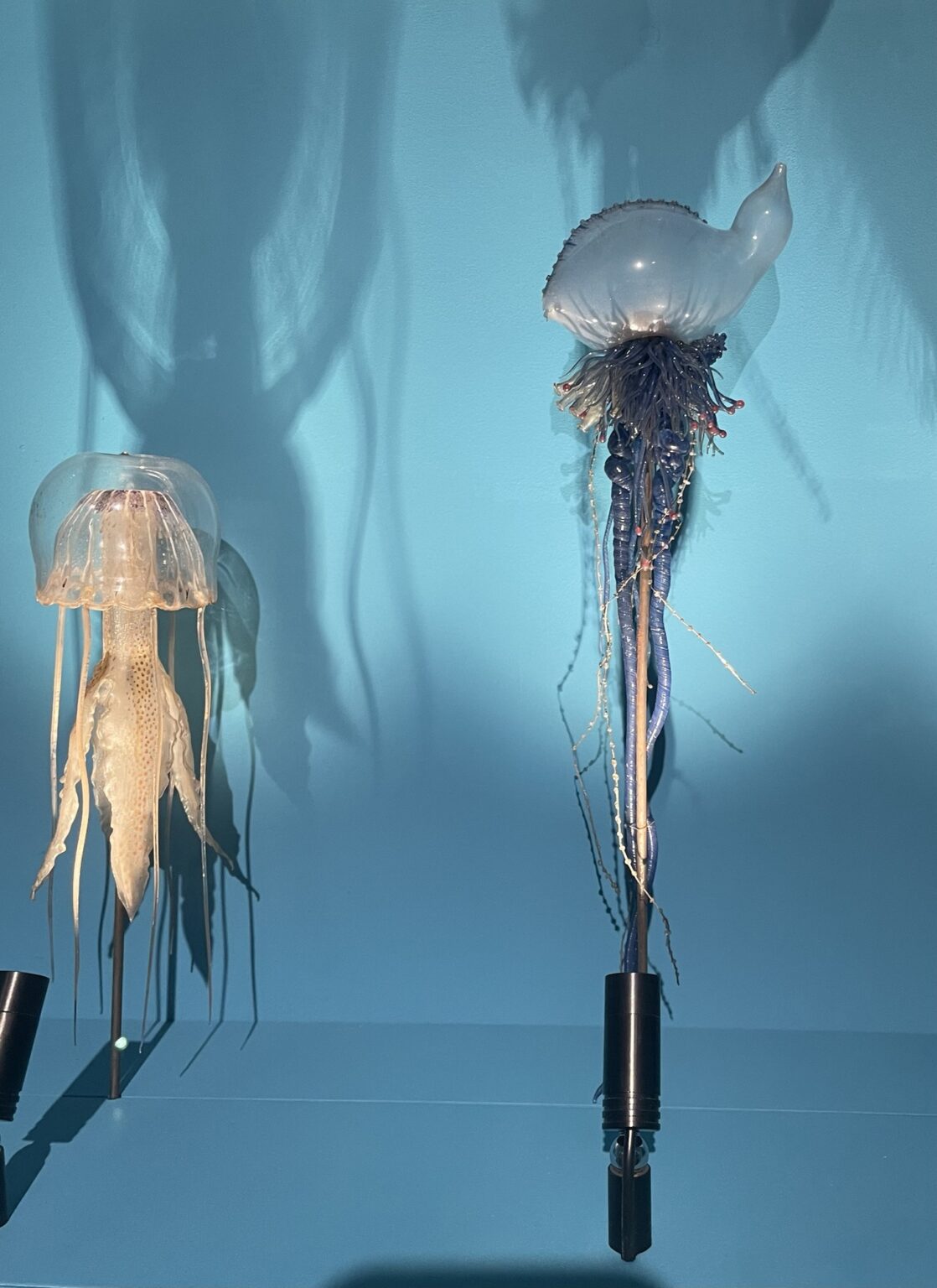
Guernsey was attached to France until 15,000 years ago (as was the UK) and the first sign of human habitation was around 10,000 years BC. There are lots of dolmens from around 4000BC that we sadly didn’t get to, it wasn’t really walking weather.
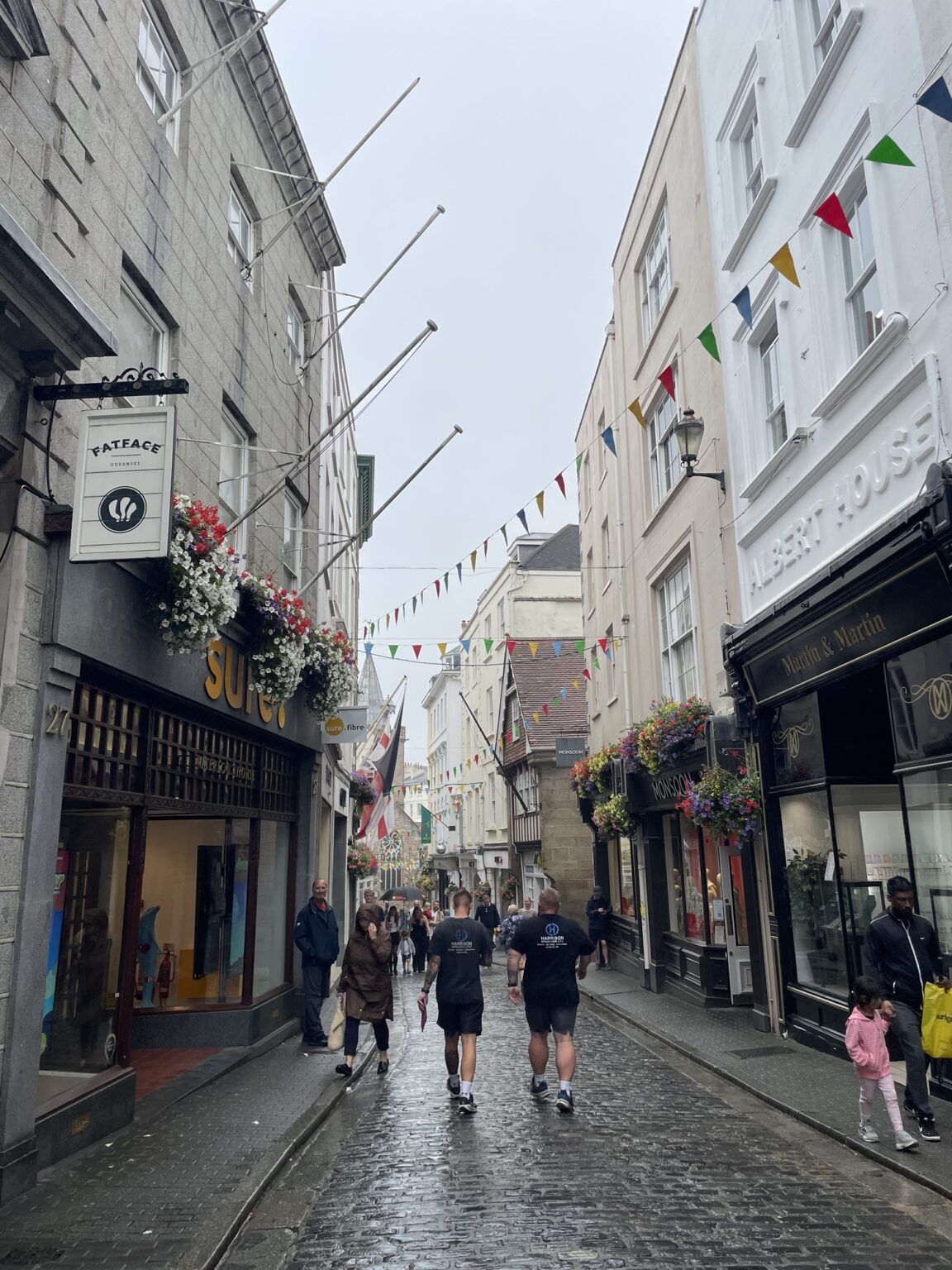
The Romans were also here and there are some significant Roman wrecks, one of which has been nick-named ‘Asterix’ and Guernsey granite was used at the Fishbourne villa in Sussex.
Then a bit of a gap in the records (very dark ages here) until the Vikings turned up.
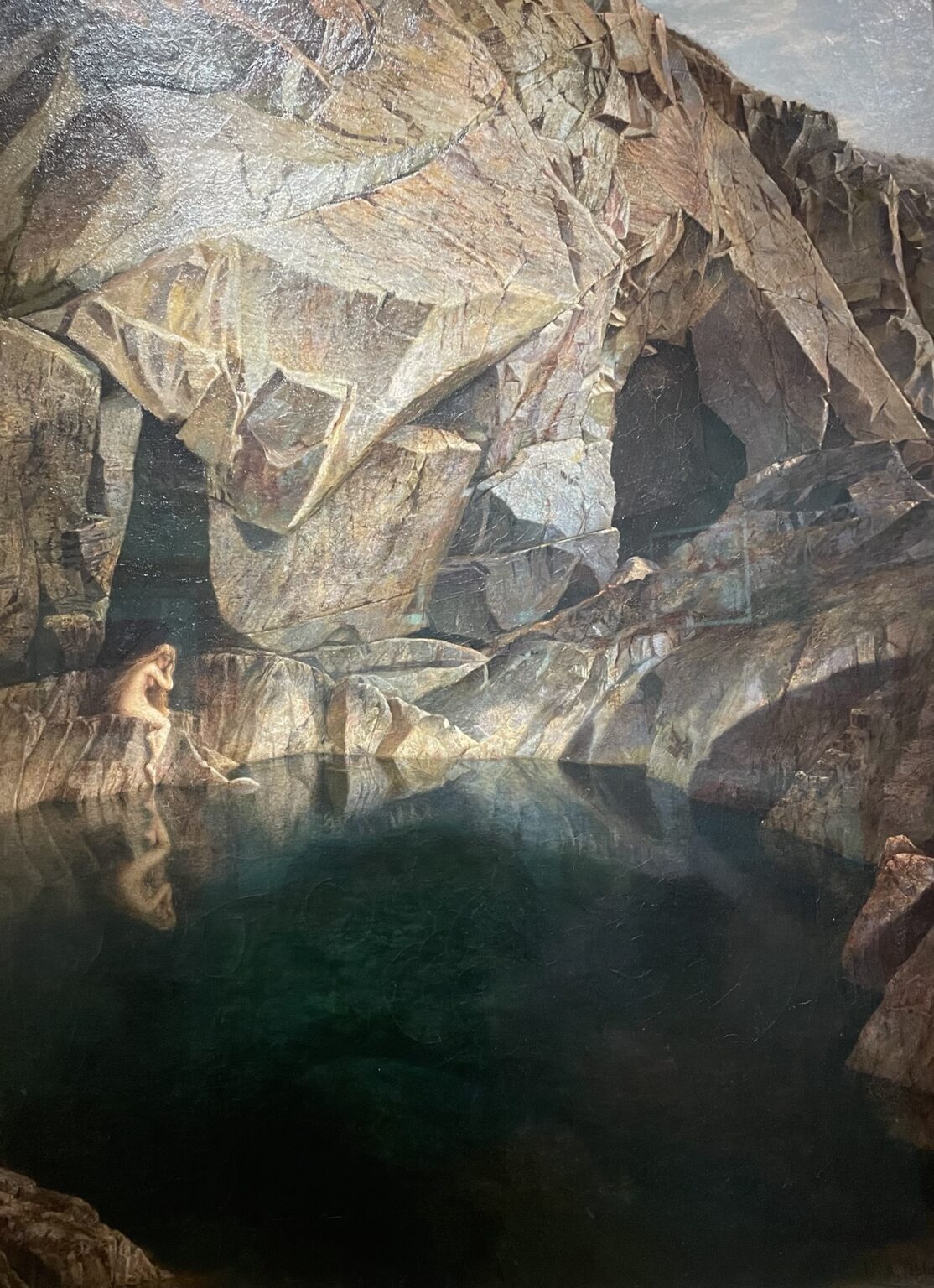
Later the Vikings turned into the Normans and that is why the Channel Islands are British today: basically after William the Conqueror we all became part of the Duke of Normandy’s lands and then all the French bits were gradually lost, with Guernsey & Jersey et al staying with the English bit.
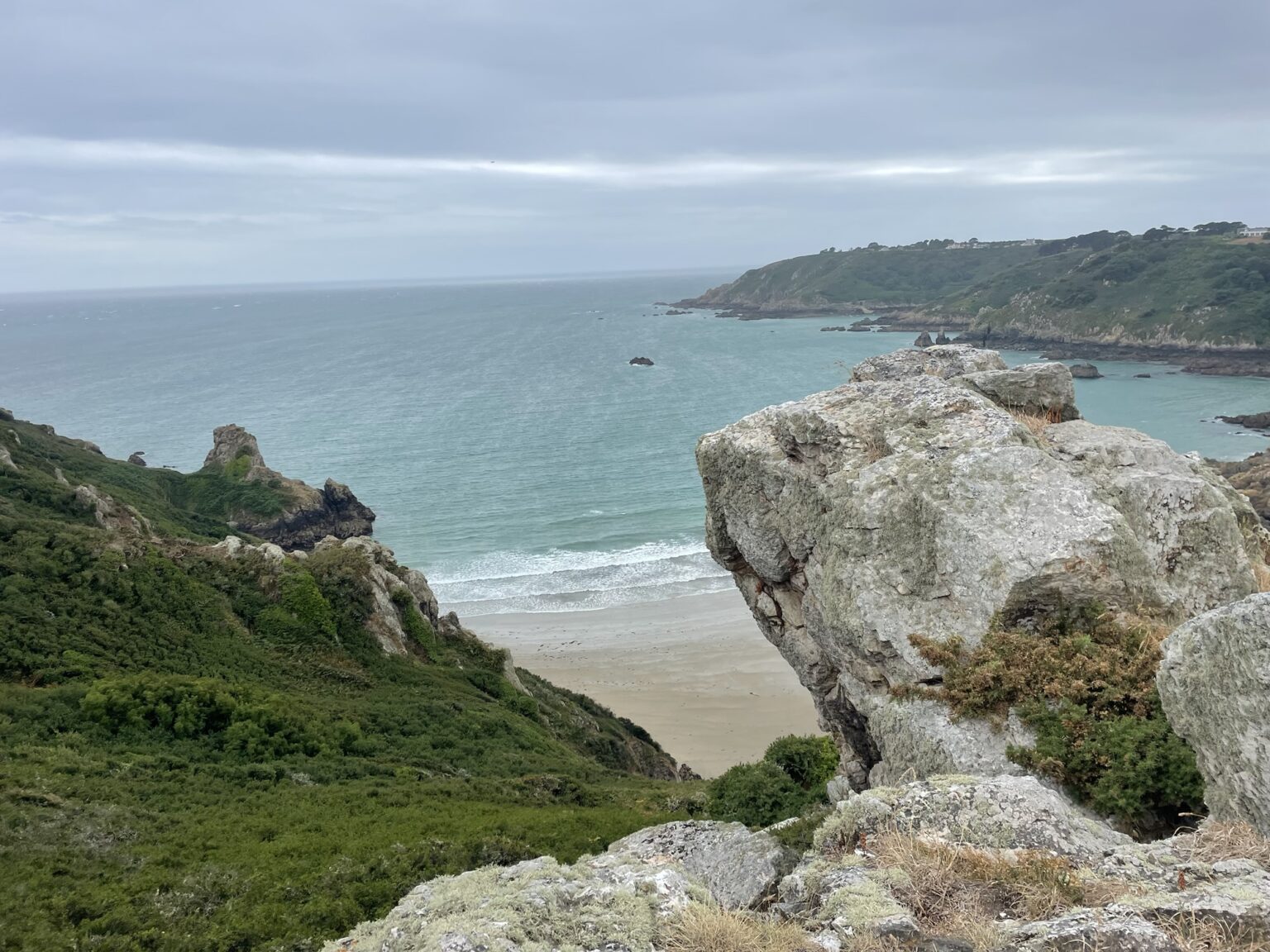
Being in the middle was not a great position to be in, as every time there was a war (and even when there wasn’t) trade to and from the islands was cut off and pirates were a problem. This explains all the big forts everywhere.
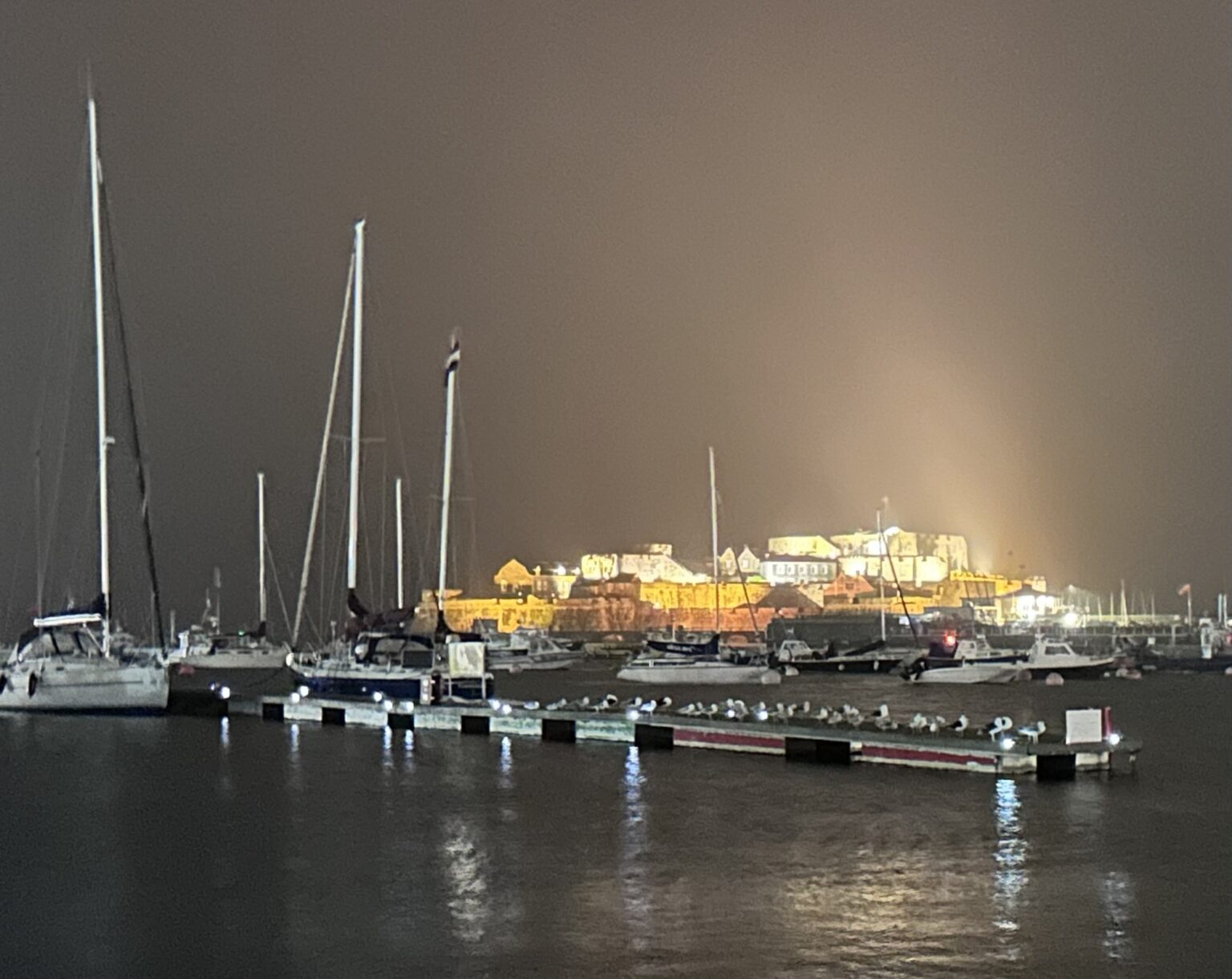
And as a reward for their loyalty, in 1394 Richard II granted a new charter to the Channel Islands exempting them from all English taxes.
In the Civil War, Guernsey sided with Parliament and Jersey with the King which may explain some of the rivalry today. However, the fort, Castle Cornet, at Saint Peter Port was held by the Royalists and the guns placed to protect the town were instead turned to defend the Royalists from heavy bombardment from the town.
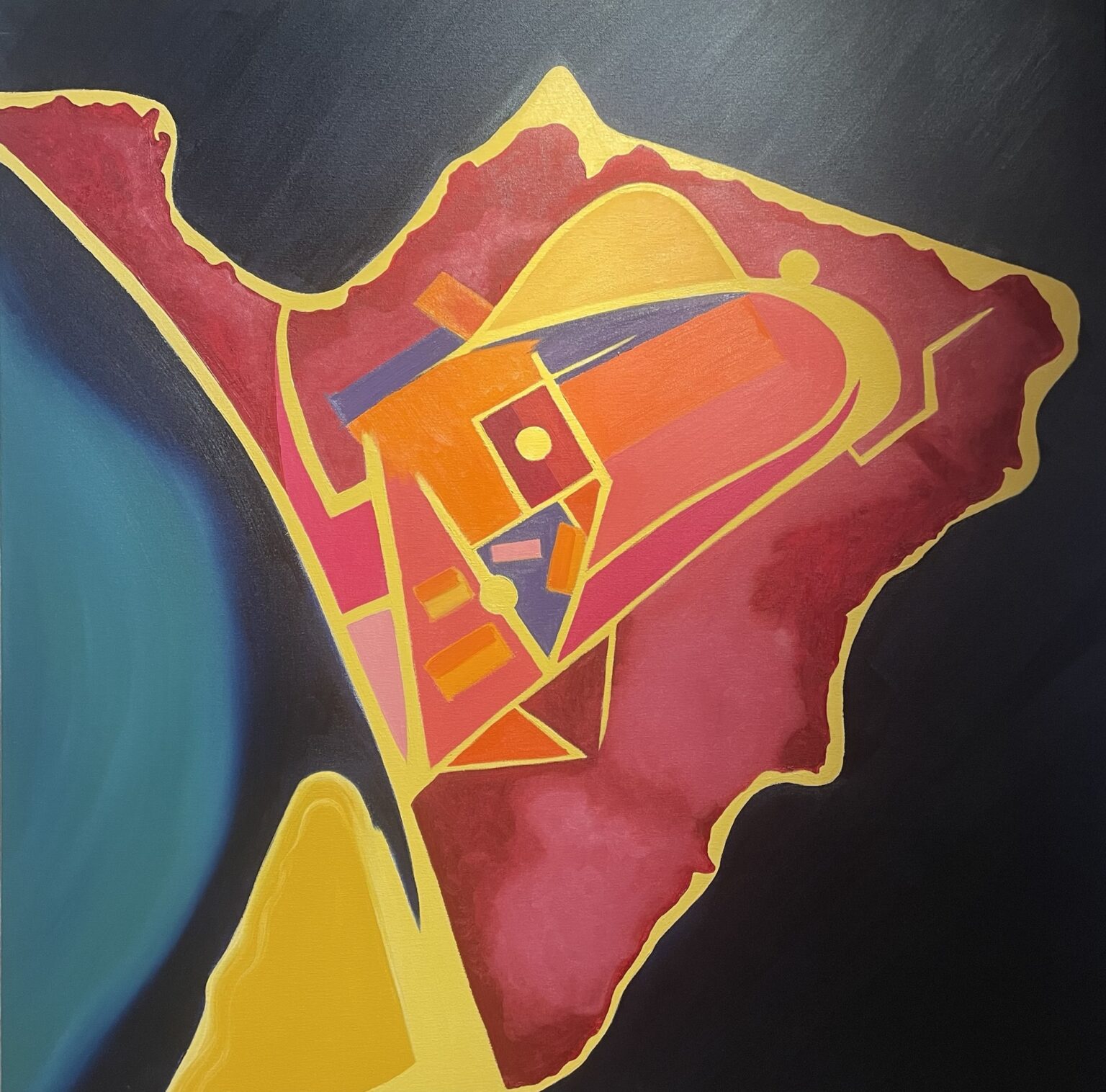
Piracy was the main source of income in the 17th and 18th centuries – I don’t mean the Pirates of the Caribbean version – this was Government approved, or Privateers.
Entrepreneurial captains could apply for Letters of Marque and pillage very profitably for the Crown. In the war of Spanish succession Guernseymen took 608 prize ships. They did lose 50 of their own sadly.
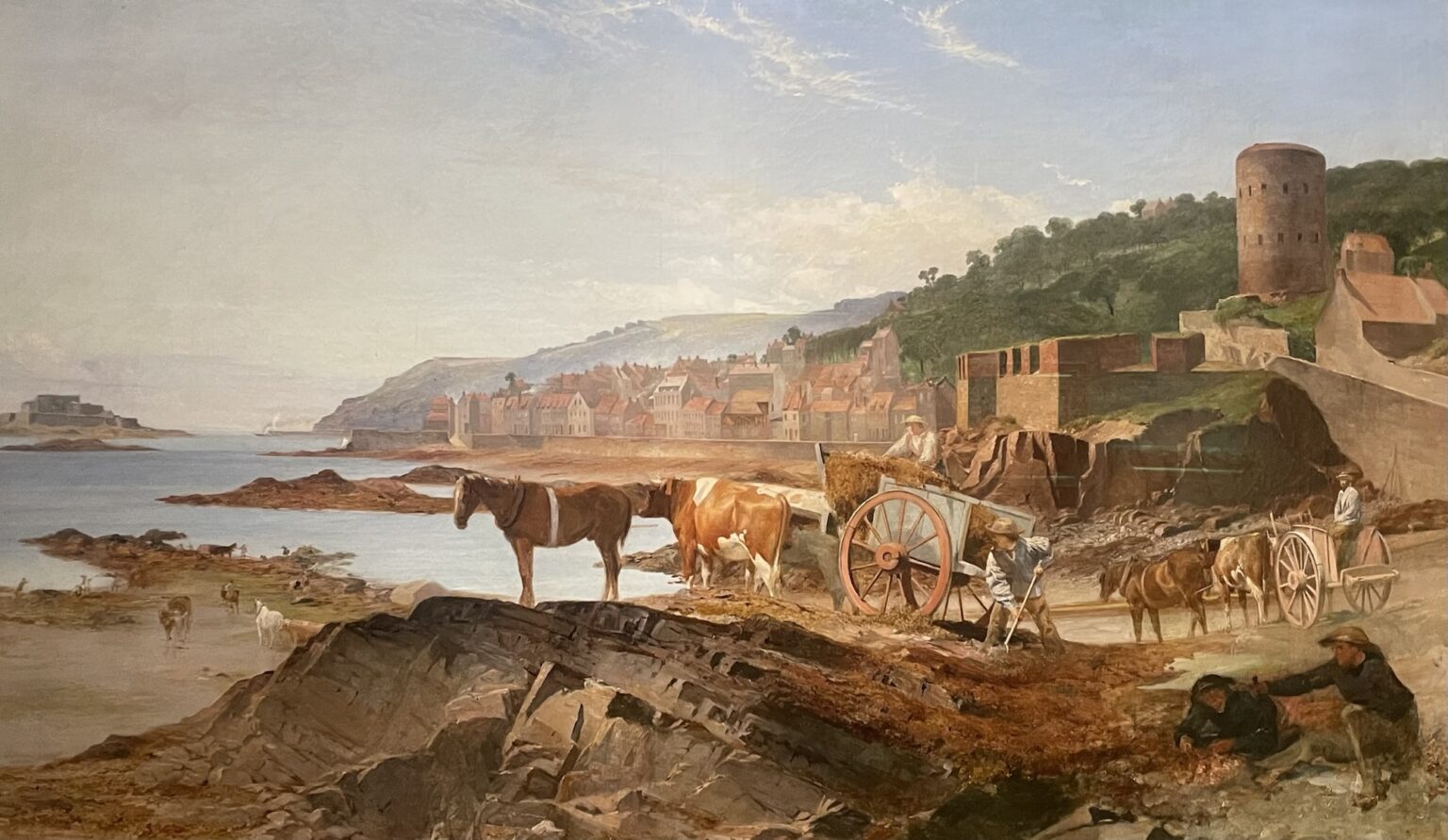
There were close ties with the American colonies – New Jersey was a grant to the Bailiff of Jersey and Guernsey County was founded in Ohio in 1810.
Guernsey is beloved by artists, Renoir as mentioned, and Victor Hugo, who lived here when he was exiled from France due to his opposition to Napoleon III.
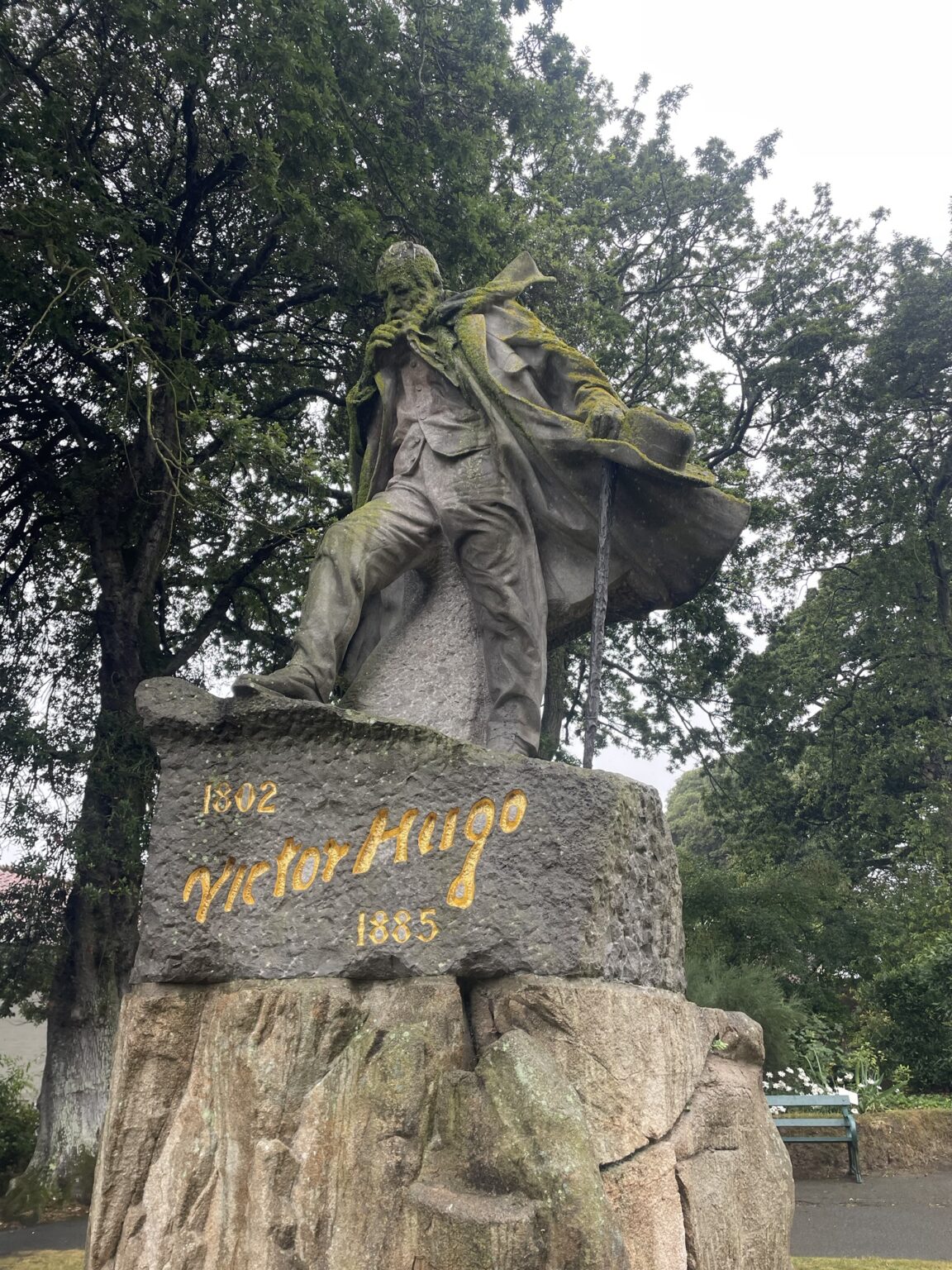
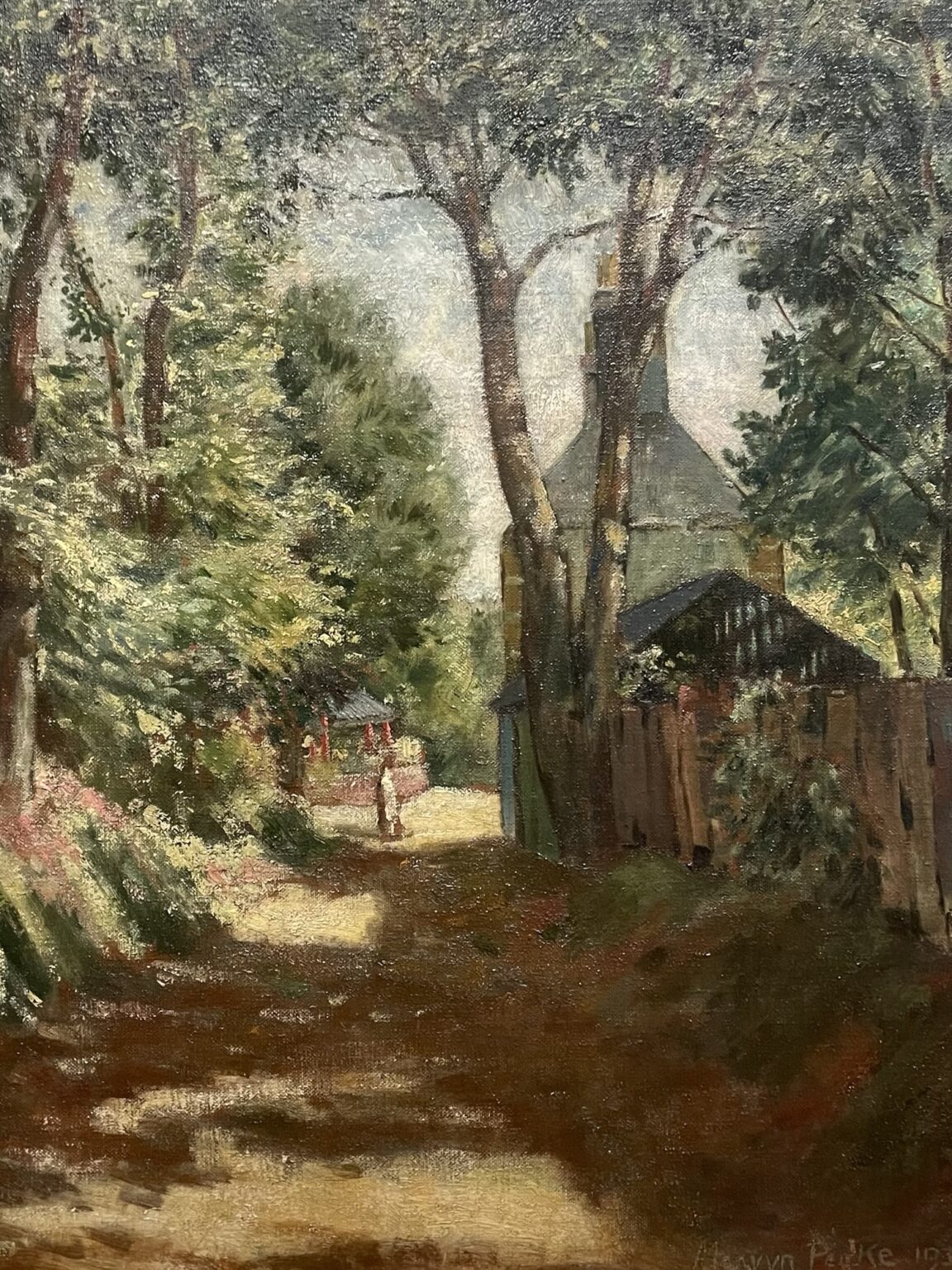
Add to that fishing, the most beautiful cows, Guernsey jumpers etc, and you can see Guernsey is a productive corner of paradise. Although we didn’t see her at her best

The saddest time, and there are many scars on the island, was the German occupation in World War II – I highly recommend ‘The Guernsey Literary and Potato Peel Pie Society’ – book and film.

